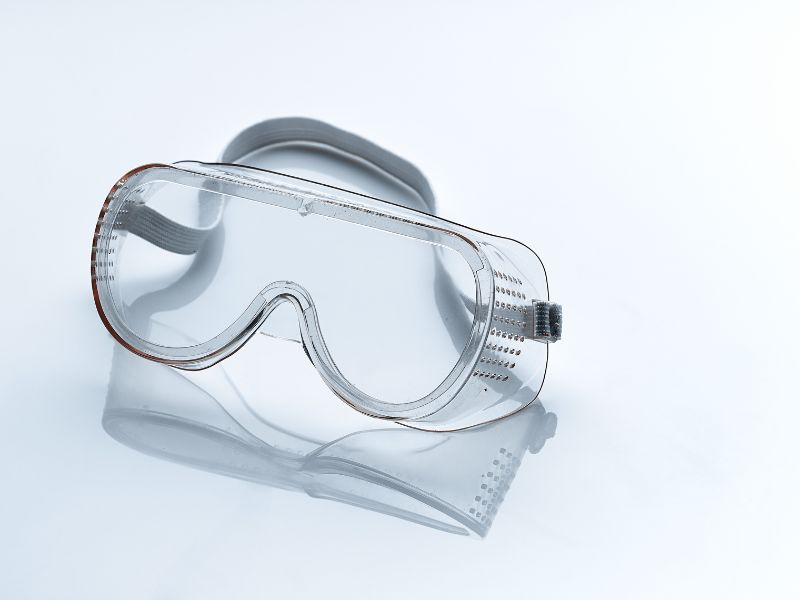How Do I Keep My Eyes Safe?
Our eyes are one of our most precious senses, allowing us to experience the world in vibrant colors and intricate details. However, they are also vulnerable to various threats that can compromise our vision and overall eye health. In this blog post, we will explore effective strategies on how you can protect your eyes and keep them safe from potential harm.
Understanding Common Eye Hazards
Before diving into protective measures, it’s essential to understand the common hazards that can affect your eyes. These include:
- UV Radiation: Prolonged exposure to ultraviolet (UV) rays from the sun can lead to cataracts and macular degeneration.
- Digital Eye Strain: Spending long hours in front of screens can cause discomfort known as computer vision syndrome.
- Injury: Physical activities or jobs that involve hazardous materials pose a risk of eye injuries.
- Pollution: Airborne pollutants can irritate the eyes and lead to chronic conditions.
Recognizing these hazards is the first step toward understanding how you can protect your eyes effectively.
Wear Protective Eyewear
One of the most straightforward methods for keeping your eyes safe is by wearing protective eyewear when necessary. Here are some scenarios where protective eyewear is crucial:
1. Outdoor Activities
When spending time outdoors, especially during peak sunlight hours, wearing sunglasses with UV protection is vital. Look for sunglasses labeled with “100% UV protection” or “UV400.” This will shield your eyes from harmful rays and reduce the risk of developing cataracts or other eye issues.
2. Sports and Recreational Activities
If you participate in sports such as racquetball, basketball, or even cycling, consider wearing sports goggles or glasses designed for impact resistance. These specialized lenses provide an extra layer of safety against potential injuries.
3. Occupational Safety
For those working in environments with flying debris or hazardous materials—such as construction sites or laboratories—wearing safety glasses or goggles is essential. Ensure they meet safety standards set by organizations like ANSI (American National Standards Institute).
Practice Good Screen Habits
In today’s digital age, many people spend significant time in front of screens—whether it’s computers, tablets, or smartphones. This increased screen time can lead to digital eye strain. Here are some tips on how you can protect your eyes while using screens:
1. Follow the 20-20-20 Rule
To reduce eye strain while working on a computer, practice the 20-20-20 rule: every 20 minutes, take a break and look at something 20 feet away for at least 20 seconds. This simple habit helps relax your eye muscles.
2. Adjust Your Workspace
Ensure that your workspace is ergonomically designed to minimize strain on your eyes:
- Position your screen about an arm’s length away from your face.
- Keep the top of the monitor at or slightly below eye level.
- Use proper lighting to reduce glare on screens.
3. Blink Regularly
When focusing on screens, people tend to blink less frequently, leading to dry eyes. Make a conscious effort to blink regularly while using digital devices.
Maintain a Healthy Diet
What you eat plays a significant role in maintaining good eye health. Incorporating specific nutrients into your diet can help protect against age-related vision problems:
1. Omega-3 Fatty Acids
Foods rich in omega-3 fatty acids—such as fish (salmon), flaxseeds, and walnuts—are beneficial for maintaining retinal health.
2. Vitamins C and E
These antioxidants help combat oxidative stress that may damage eye cells:
- Citrus fruits (oranges, lemons) are excellent sources of vitamin C.
- Nuts and seeds provide ample vitamin E.
3. Leafy Greens
Vegetables like spinach and kale contain lutein and zeaxanthin—carotenoids that filter harmful blue light and support overall vision health.
Schedule Regular Eye Exams
Regular visits to an eye care professional are crucial for maintaining optimal eye health:
- Adults should have comprehensive eye exams every two years; those over age 60 should consider annual exams.
- Early detection of issues such as glaucoma or macular degeneration allows for timely intervention.
Conclusion: Taking Action for Eye Safety
In conclusion, protecting your eyesight requires proactive measures across various aspects of life—from wearing appropriate eyewear during outdoor activities to practicing good screen habits at work and maintaining a nutritious diet rich in vitamins beneficial for ocular health.
By incorporating these strategies into your daily routine, you not only enhance how you see but also safeguard against potential threats that could compromise this vital sense. Remember: when it comes down to asking yourself “how can I protect my eyes?” taking these steps will ensure they remain healthy for years to come!
Visit our blog page for more articles

